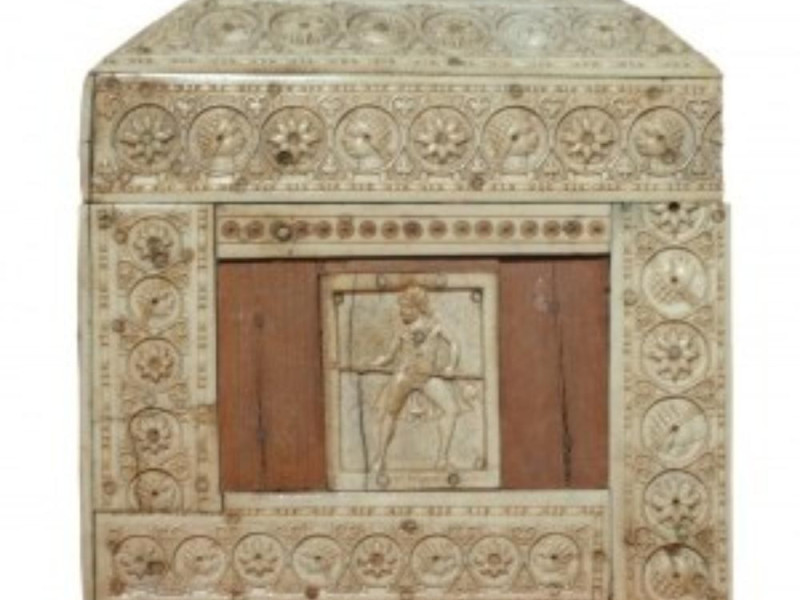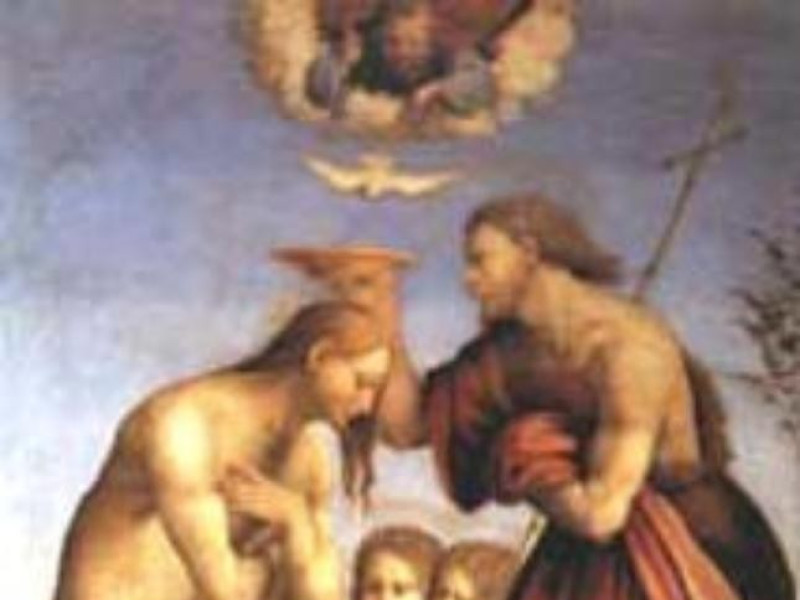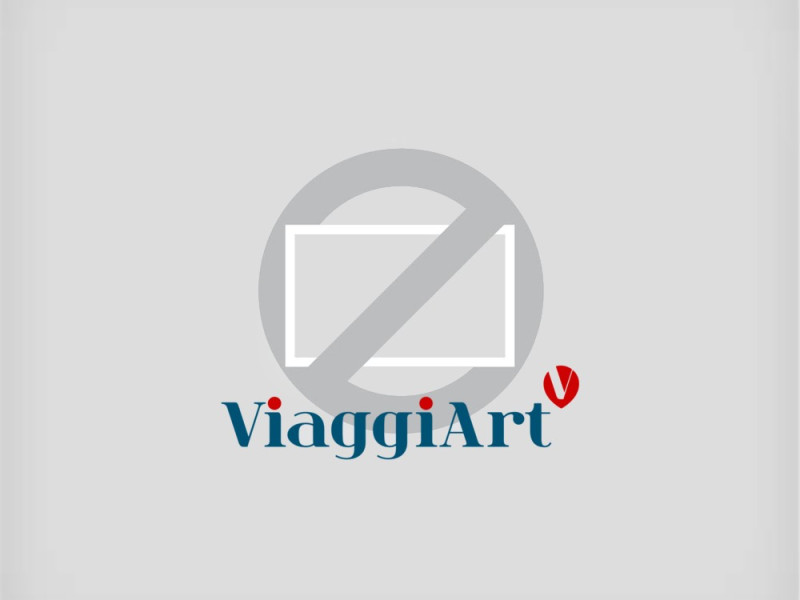Museo della Badia di Cava dei Tirreni
The magnificent hall of the century XIII, now museum - belonging to the ancient Palatium of the end of the thirteenth century, for the guests - was discovered after World War II, thanks to an excavation that took over a capital on the walls, a column and then a whole structure of the room. The ceiling was redone because irreparably damaged, but everything else retains its originality. Built in the 60s of last century, the museum has expanded its collection over the years and now houses artifacts of great artistic value, such as the splendid altarpiece by the school of Raphael, commissioned for the high altar of the basilica, once thought to be by Andrea Sabbatini from Salerno and now almost universally attributed to the Lombard Cesare da Sesto. On the first room, there is a significant sample of busts, vases, sarcophagi and fragments of medieval sculptures, which follow a precious paintings fourteenth-fifteenth century from Tuscan school, the surveys carried out by the workshop of Tino Camaino, a wooden statue of a Medieval Madonna with Child, and a large collection of painting panel from the sixteenth century. Among the latter, we note the works of Girolamo da Salerno, a painter of the abbey and collaborator of Cesare da Sesto; paintings of Severus Ierace, brother of Andrea Sabbatini from Salerno; the blade made by Augustine Tesauro for the church of San Cesareo, and the circular painted relief by Francesco Penni design by Raphael. The works of the seventeenth and eighteenth centuries are present in good number and represent significant events of naturalistic painting, classicism and Baroque art, including paintings by Giacinto Diano and Carlo Maratta. The museum also houses a large collection of works in metal, porcelain, ceramic and ivory, of different ages and different workshops, such as silver processional crosses, a fine sampling of dishes from Abruzzo shops of the eighteenth century, Neapolitan majolica tiles manufacturing and precious liturgical vestments. Stunning is the ivory box with figures of warriors invoice century surrounded by spirals element. A chart of the fourteenth century and some choirs, arranged in two boards, only provide a taste of the precious parchment paper material and that the Abbey houses in the rich archive.




